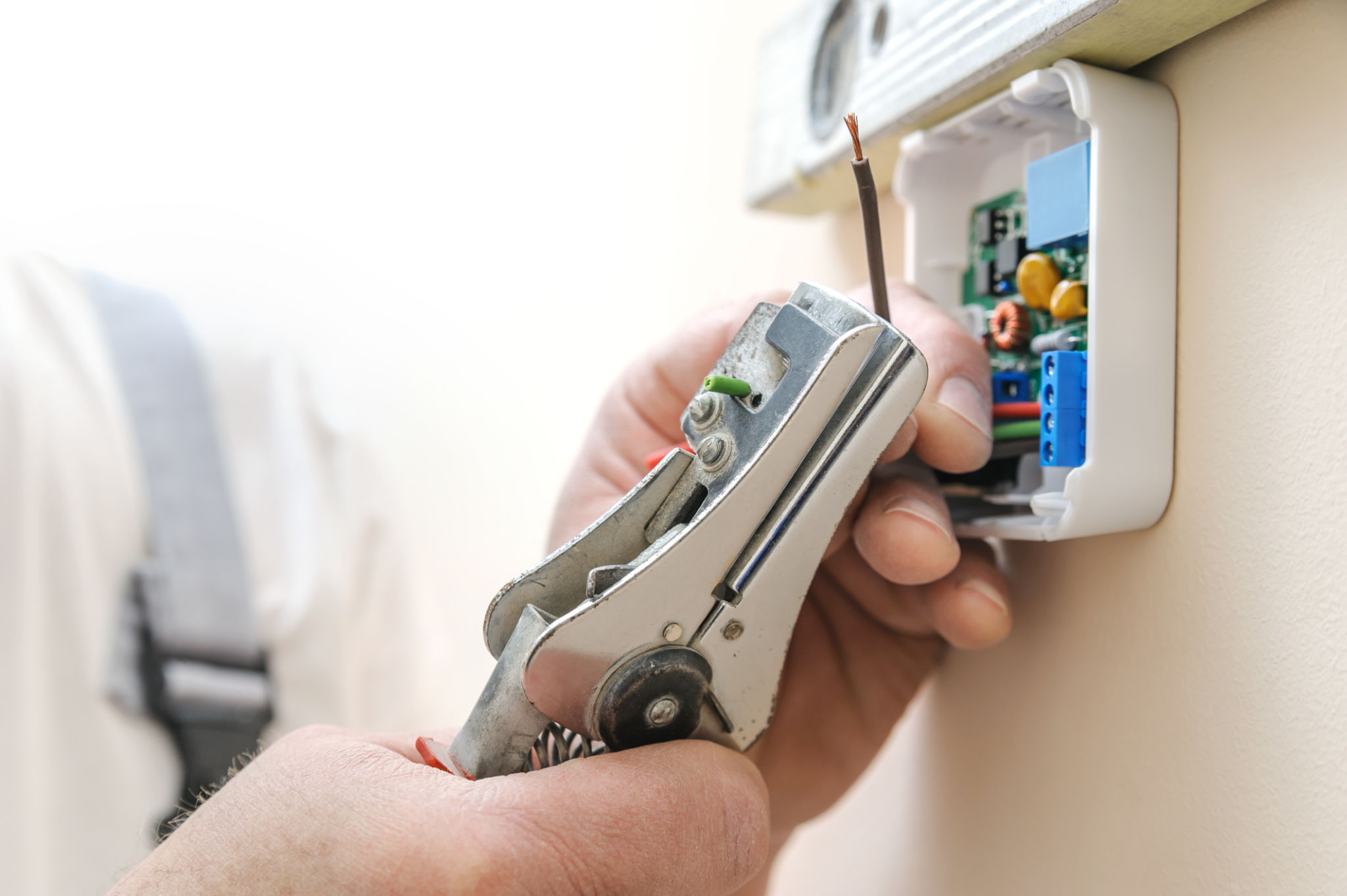How to Choose the Right Thermostat: Installation and Replacement Tips
Understanding Thermostat Types
Choosing the right thermostat is crucial for maintaining comfort and energy efficiency in your home. Before diving into installation or replacement, it's essential to understand the different types of thermostats available. The most common types include manual, programmable, and smart thermostats. Each type offers various features catering to different needs and lifestyles.

Manual Thermostats
Manual thermostats are straightforward and easy to use. They allow you to set a specific temperature, which remains constant until you manually change it. Although they lack advanced features, they are reliable and cost-effective, making them a suitable choice for those who prefer simplicity.
Programmable Thermostats
Programmable thermostats provide more flexibility by allowing you to set different temperatures for various times of the day or week. This feature can significantly reduce energy consumption by adjusting temperatures when you're away or asleep. Most models offer several programming options, making them ideal for busy households.
Smart Thermostats: The Future of Home Comfort
For those looking to integrate technology into their home, smart thermostats are an excellent option. These devices can be controlled remotely via smartphone apps and often include features like learning your schedule and optimizing energy use accordingly. Some models also integrate with other smart home devices, providing a seamless experience.

Assessing Compatibility
Before purchasing a thermostat, ensure it's compatible with your heating and cooling system. Most modern thermostats work with standard HVAC systems, but it's important to double-check compatibility, especially if you have an older or unique system. Consult your HVAC manual or a professional if you're unsure.
Installation Tips
Installing a new thermostat might seem daunting, but with the right approach, it can be a manageable DIY project. Here are some steps to guide you:
- Turn off power to your HVAC system to prevent electrical shock.
- Remove the old thermostat's faceplate, and note the wiring configuration.
- Attach the new thermostat's base to the wall using the provided screws.
- Connect the wires to the corresponding terminals on the new thermostat.
- Attach the faceplate and restore power to the system.
Professional Installation
If you're uncomfortable with DIY installation, hiring a professional is a wise decision. They ensure that your thermostat is installed correctly and functioning optimally, potentially saving you time and avoiding errors that could affect system performance.

Replacement Considerations
When replacing an old thermostat, consider whether you want to upgrade to a more advanced model. This decision often depends on your budget and the level of control you desire over your home's climate. Upgrading from a manual to a programmable or smart thermostat can lead to improved comfort and energy savings.
Energy Efficiency and Savings
A well-chosen thermostat contributes significantly to energy efficiency. By selecting a model that suits your lifestyle and programming it correctly, you can reduce energy bills while maintaining a comfortable environment. Smart thermostats, in particular, offer insights into energy usage patterns, allowing for further optimization.
In conclusion, choosing the right thermostat involves understanding your needs and evaluating different types and features available on the market. Whether opting for simplicity with a manual model or embracing technology with a smart thermostat, proper installation and configuration can enhance your home's comfort and efficiency.